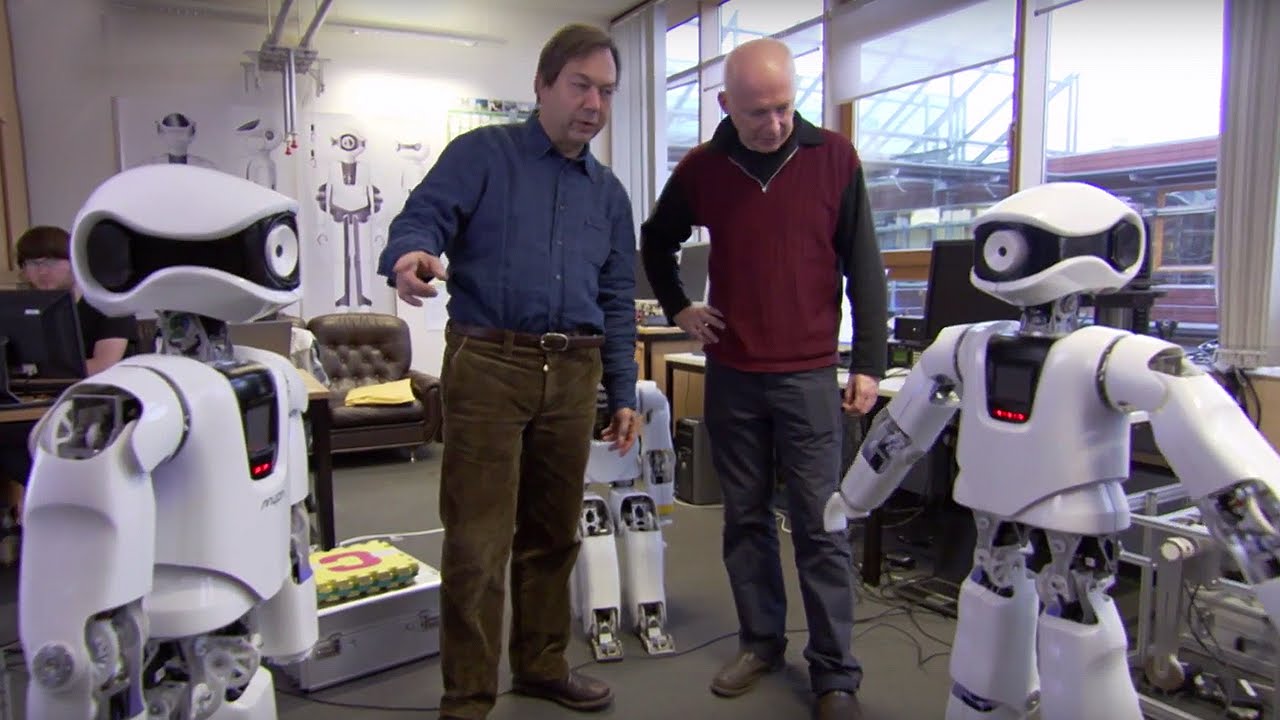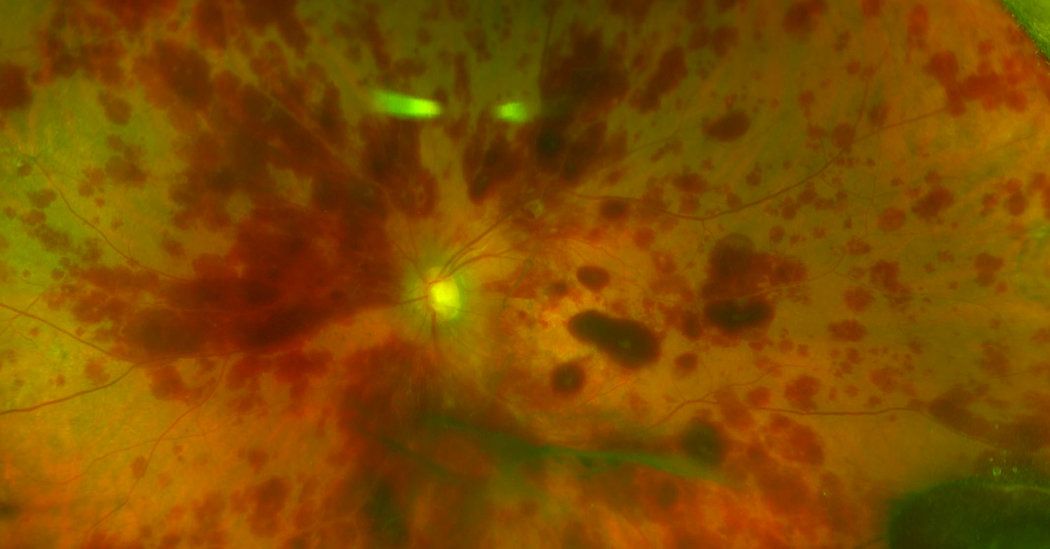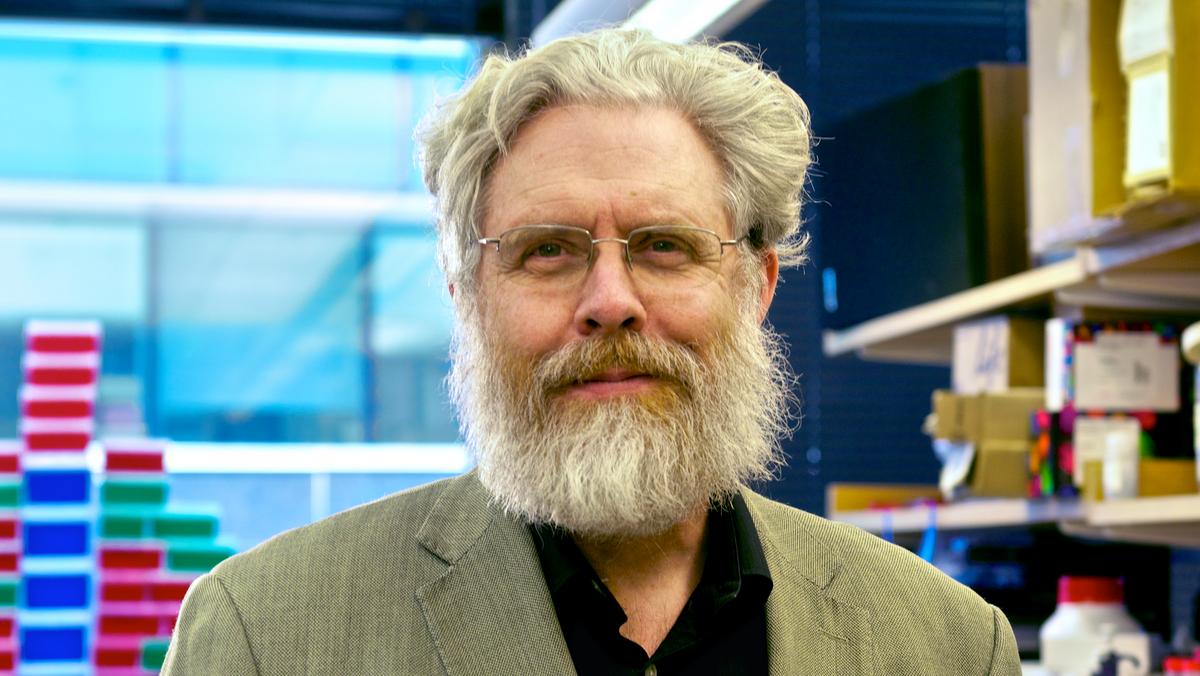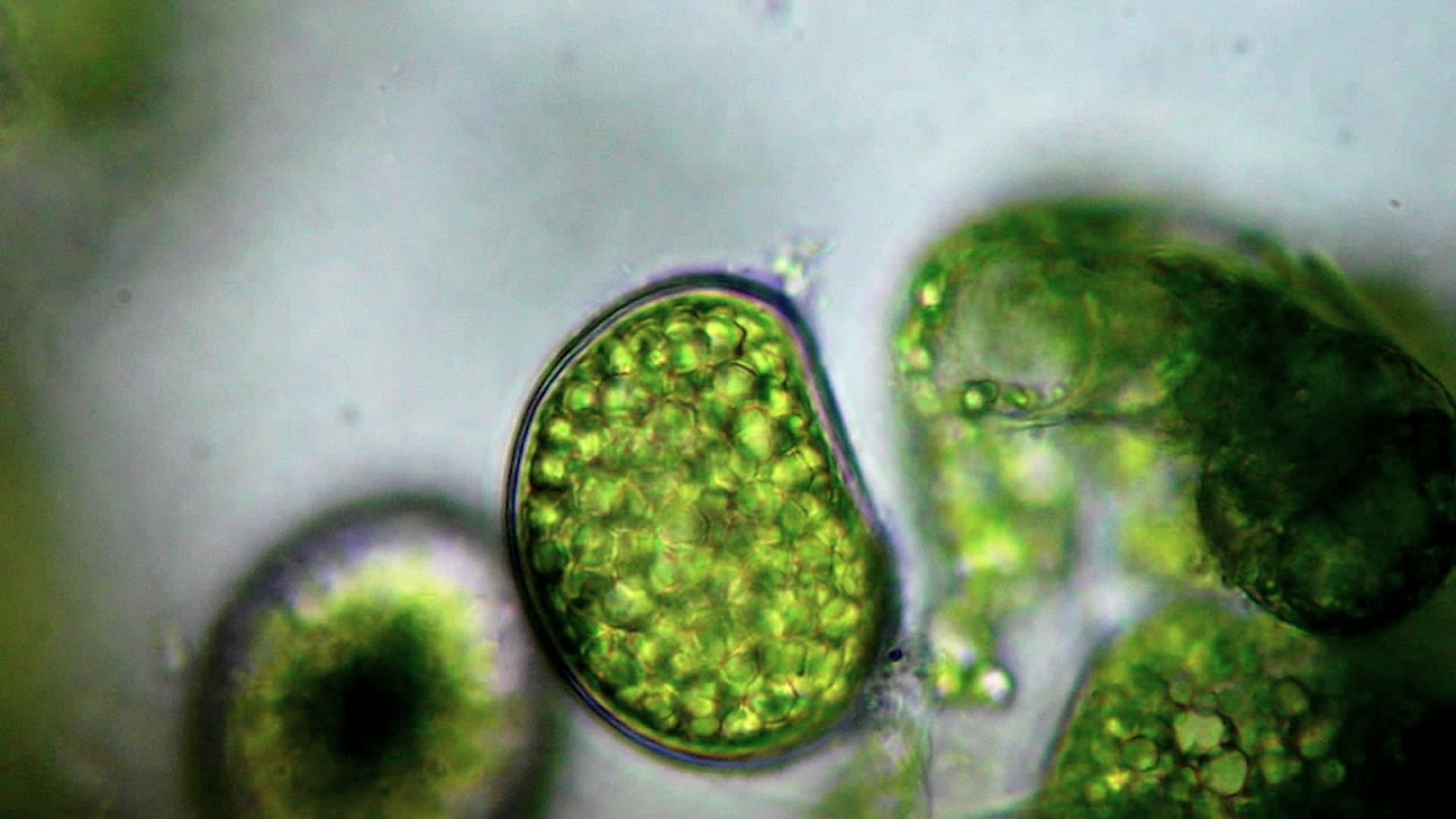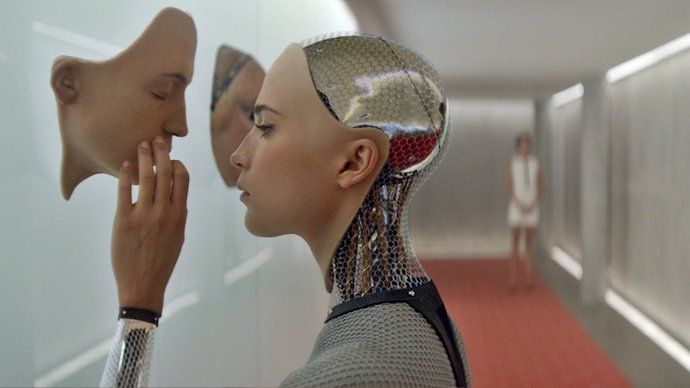Mar 17, 2017
How Artificial Intelligence and the robotic revolution will change the workplace of tomorrow
Posted by Alireza Mokri in categories: biotech/medical, economics, education, employment, finance, habitats, law, robotics/AI
The workplace is going to look drastically different ten years from now. The coming of the Second Machine Age is quickly bringing massive changes along with it. Manual jobs, such as lorry driving or house building are being replaced by robotic automation, and accountants, lawyers, doctors and financial advisers are being supplemented and replaced by high level artificial intelligence (AI) systems.
So what do we need to learn today about the jobs of tomorrow? Two things are clear. The robots and computers of the future will be based on a degree of complexity that will be impossible to teach to the general population in a few short years of compulsory education. And some of the most important skills people will need to work with robots will not be the things they learn in computing class.
